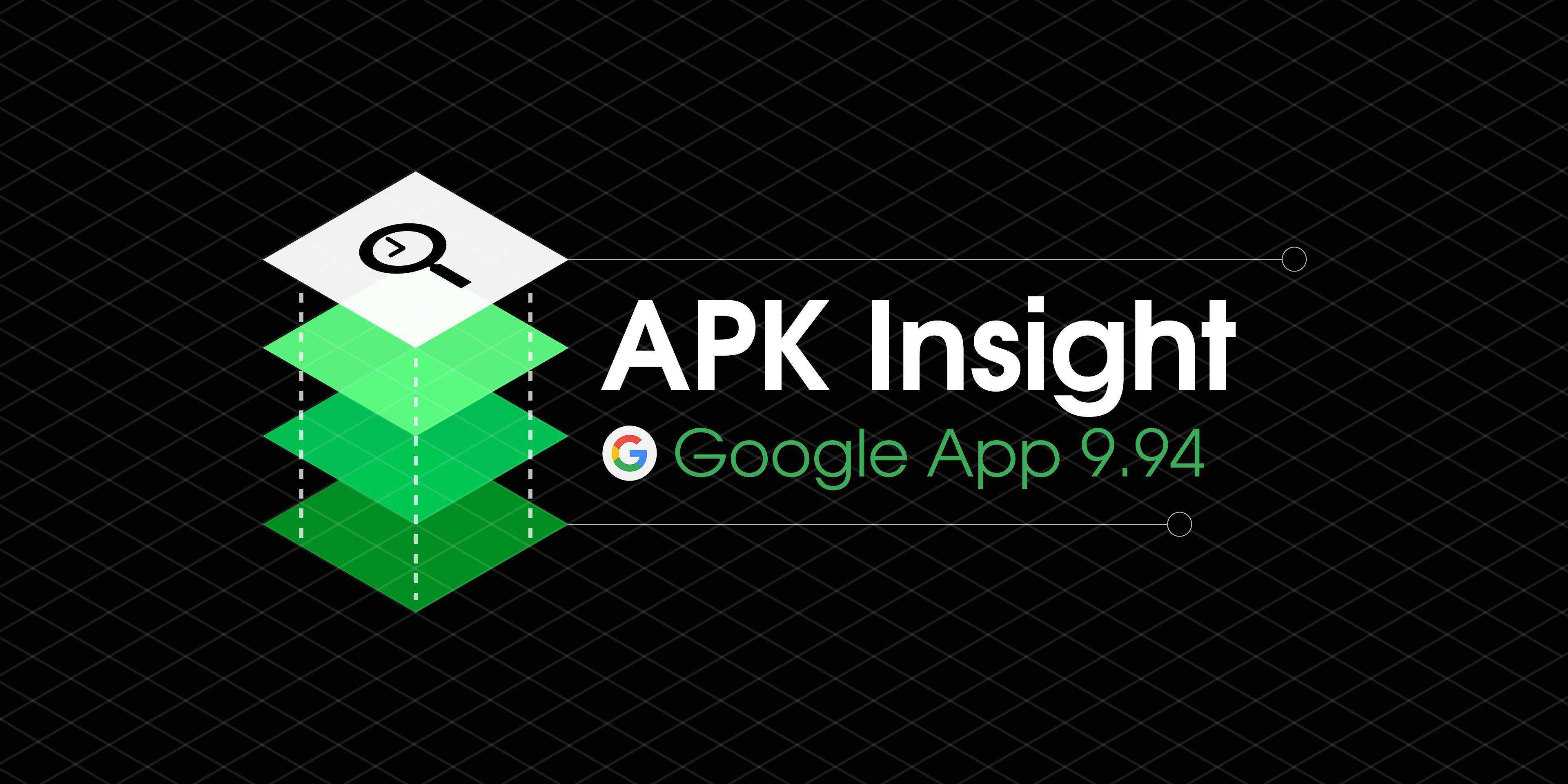
The latest Google app beta is rolling out this Friday in a return to the usual release cadence after a few disruptive weeks following I/O. Google app 9.94 reveals continued work on the Nest Hub Max with Face Match privacy and the possible addition of federated learning in the Search app.
About APK Insight: In this ‘APK Insight’ post, we’ve decompiled the latest version of an application that Google uploaded to the Play Store. When we decompile these files (called APKs, in the case of Android apps), we’re able to see various lines of code within that hint at possible future features. Keep in mind that Google may or may not ever ship these features, and our interpretation of what they are may be imperfect. We’ll try to enable those that are closer to being finished, however, to show you how they’ll look in the case that they do ship. With that in mind, read on.
Face Match privacy + Family Link
Google app 9.94 continues work on Face Match ahead of the Nest Hub Max launching this summer. Version 9.88 earlier this month described how users will have to turn and rotate their heads. This release adds strings detailing how the Smart Display can be setup to recognize your child, similar to Voice Match today.
On the Face Match privacy front, it interestingly notes how faces will be “temporarily processed at Google from time to time to improve the quality of their experience with this device.” Google at I/O noted how face models will stay on the Nest Hub Max. However, exceptions are clearly required given that the data has to get from your phone after enrollment to the Smart Display.
Another exception now appears to be designed to improve the “quality” of the model with additional processing. Today’s strings also reveal how users can view and delete saved images at any time from myactivity.google.com online.
How it works
Face Match creates a unique model of your childs face that the Assistant uses to recognize them. This face model is stored on this Nest Hub Max and used to identify your child when theyre in front of this device. It’s also temporarily processed at Google from time to time to improve the quality of their experience with this device. To create this face model, your child will take images of their face at different angles. These images are saved in your child’s account at myactivity.google.com, where you can view or delete them at any time.
Things to know
Once your Assistant recognizes your child, they can take account actions like creating a calendar event or setting a reminder. You can remove Face Match or update your childs choices in Assistant Settings on your childs device.
Keep in mind: Someone with a similar face or photos of your childs face might also be able to access their personal results using Face Match.
Meanwhile, the setup process — tied with Family Link — for younger users involves first granting permission to a child to enroll in Face Match, and then making sure a parent is available to help. Like Voice Match, this setup is performed via Assistant with your phone’s front-facing camera.
<string name=”unicorn_consent_screen_title”>Allow the Assistant to recognize %1$s face</string>
<string name=”unicorn_hand_off_screen_message”>{GENDER, select, male {When you\u2019re ready, pass the device to {PERSON} to create his face model and stick around to help with what\u2019s next.} female {When you\u2019re ready, pass the device to {PERSON} to create her face model and stick around to help with what\u2019s next.} other {When you\u2019re ready, pass the device to {PERSON} to create their face model and stick around to help with what\u2019s next.}}</string>
Federated learning
Meanwhile, Google app 9.94 reveals work on federated learning, a privacy-conscious form of machine learning where processing stays on-device and only anonymized improvements are sent to the cloud. Gboard is using FL, and now the Google app is gearing up to do so as well.
However, the exact use case is not yet known. It’s unclear if these particular strings to “enable” and “clear” FL data will ultimately be user-facing, or just placeholders (TBD) for the moment.
<string name=”federated_learning_clear_data_preference”>federated_learning_clear_data</string>
<string name=”federated_learning_clear_data_preference_summary”>[TBD] Clears federated learning data</string>
<string name=”federated_learning_clear_data_preference_title”>[TBD] Clear federated learning data</string>
<string name=”federated_learning_preference”>federated_learning</string>
<string name=”federated_learning_preference_summary”>[TBD] Enables federated learning</string>
<string name=”federated_learning_preference_title”>[TBD] Federated learning</string>
Assistant driving mode
Assistant driving mode will soon replace Android Auto on phones. An updated string in 9.94 reveals how users need to “quit assistant driving mode before launching Android Auto” as the two cannot be active simultaneously.
<string name=”dialog_msg”>Please quit assistant driving mode before launching Android Auto.</string>
How to update?
You can sign-up for the Google app’s beta program here or by heading to the Play Store listing on Android and scrolling to the bottom. The latest beta version of the Google app is immediately rolled out when it’s available.
We do not post APKs to download directly given the legal challenges associated with copyright and possibility of removal. Meanwhile, that model is perilous given Android App Bundles and Google Play’s Dynamic Delivery.

